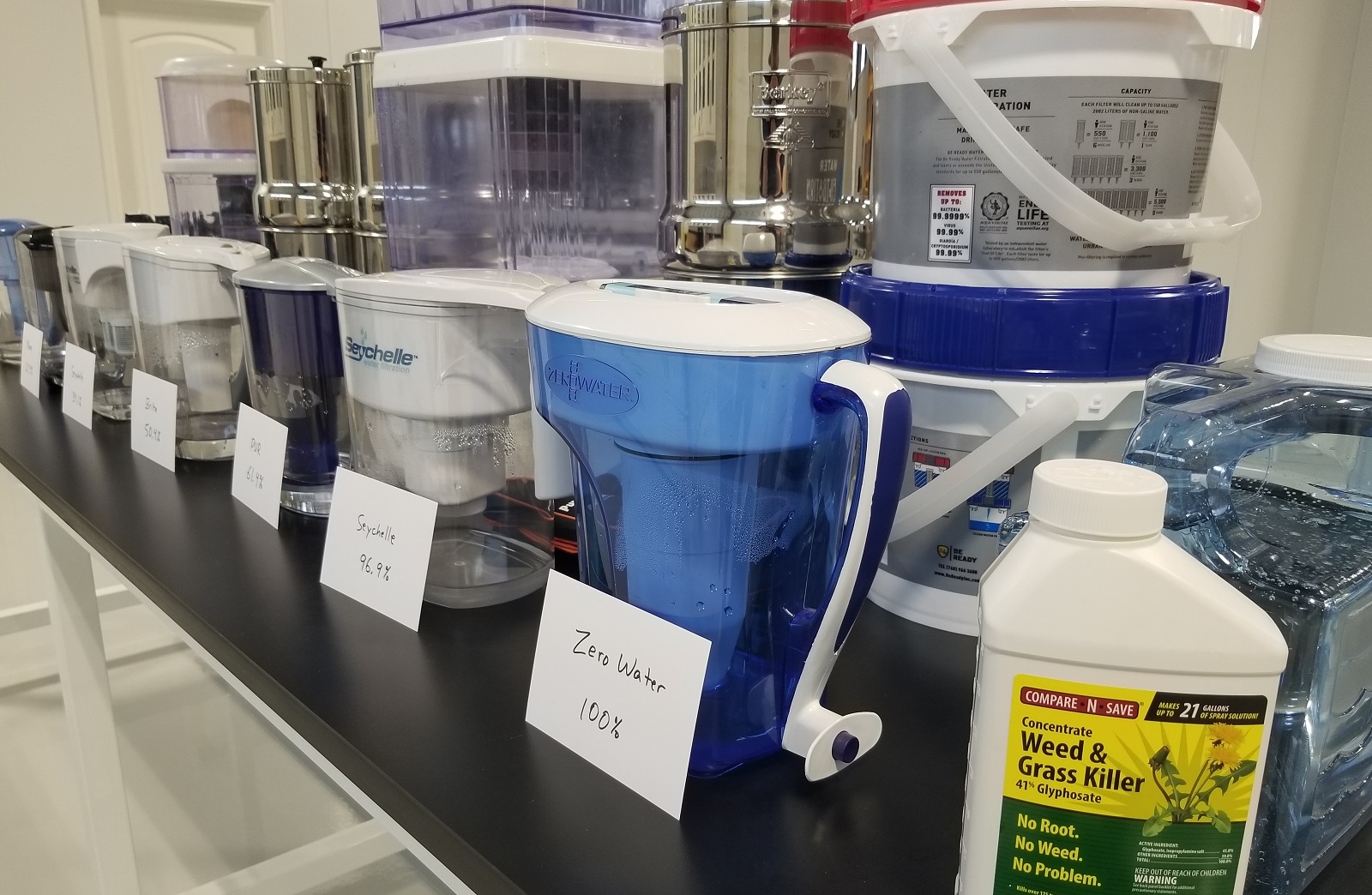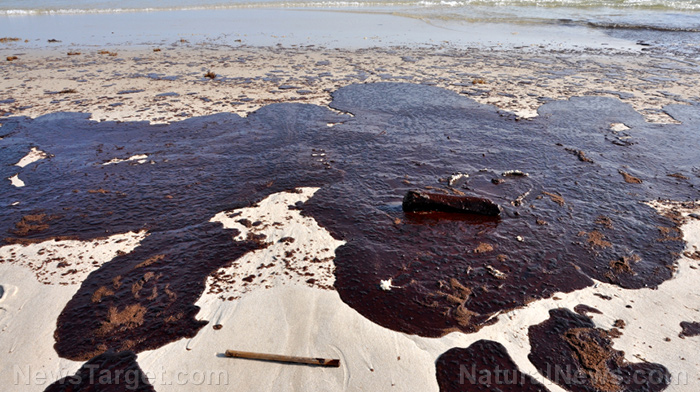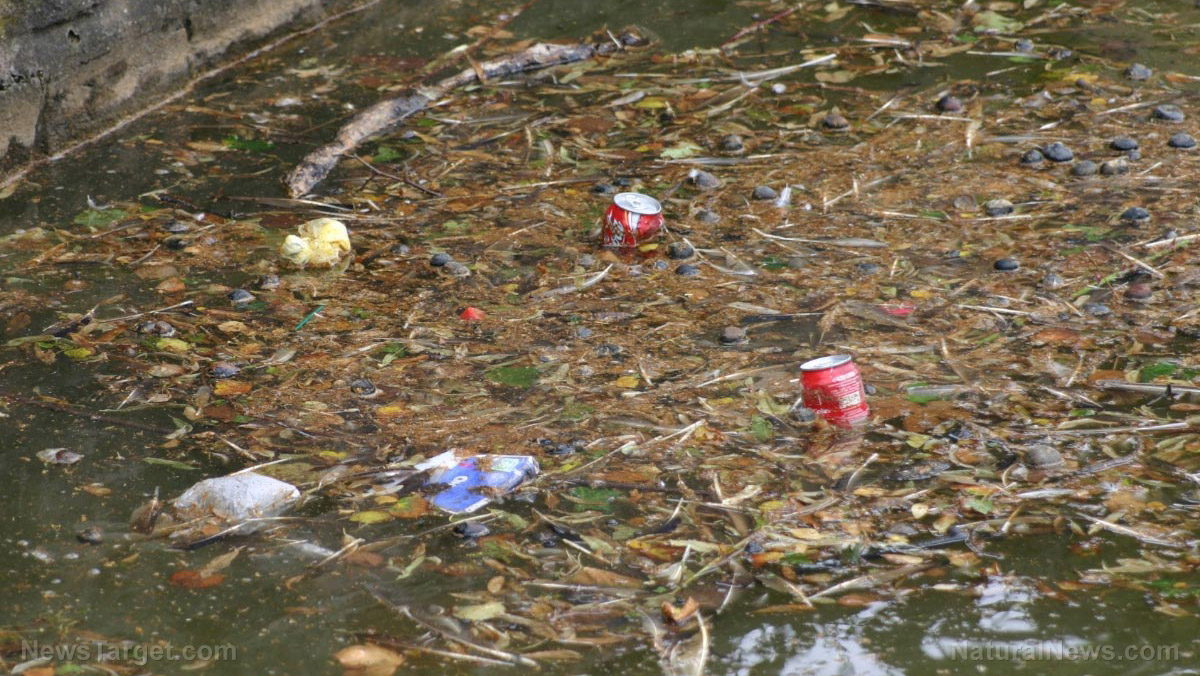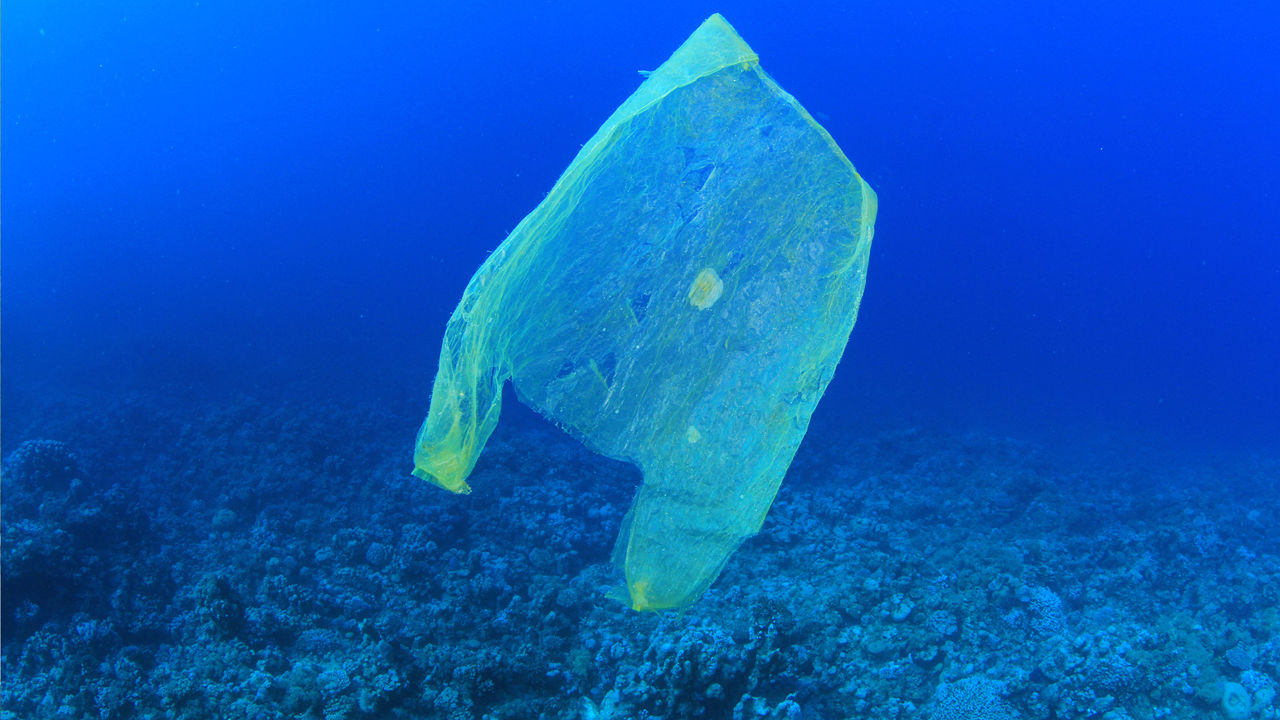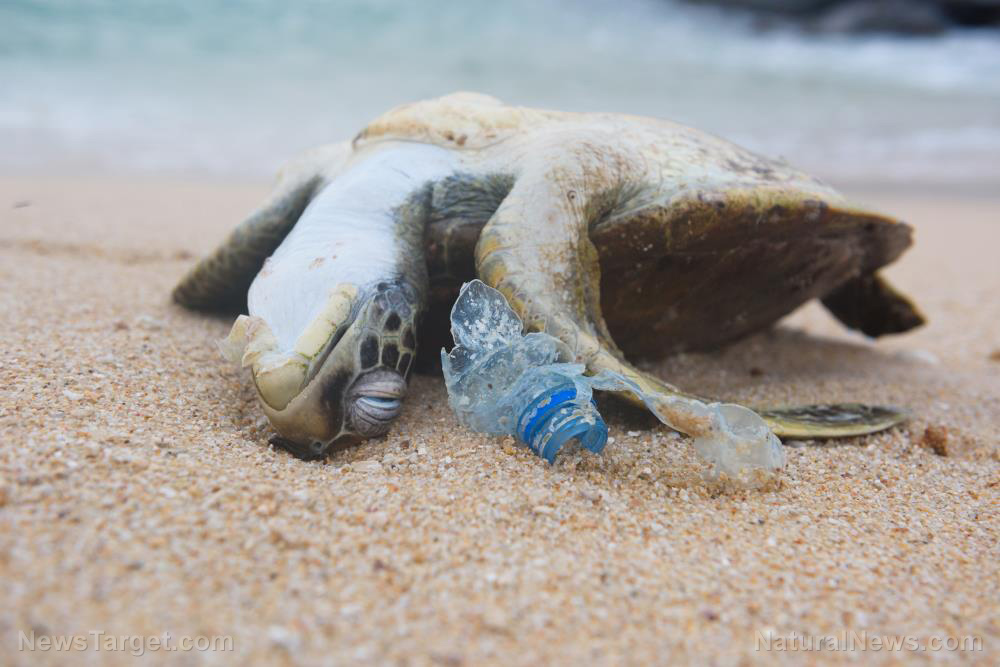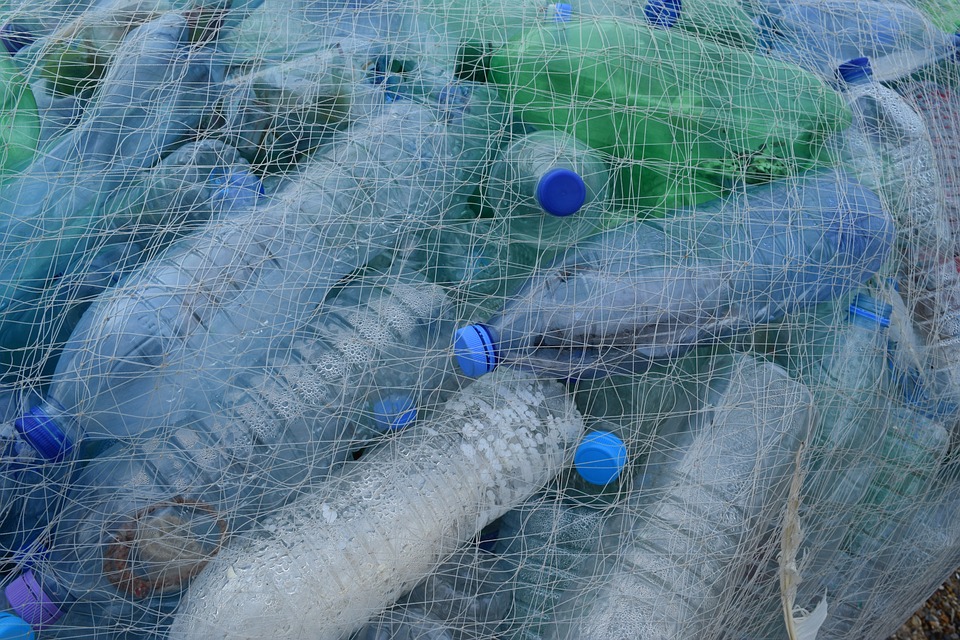Evidence proves the EPA downplayed the toxic threat of PFAs
09/22/2018 / By Isabelle Z.

When we find out that something we once believed was safe is actually toxic, we’d like to think that the makers of these products didn’t know it was dangerous and withdrew it as soon as they found out. That’s what would happen in an ideal world. However, not only did the makers of products containing the toxin PFAS fail to act on information about its dangers for many years, but there is also evidence that the very agencies tasked with protecting us from such dangers are essentially letting it slide.
You might not be too familiar with the term perfluoroalkyl substances, or PFAS, but there’s an excellent chance you’ve been exposed to them as they’ve made their way into a great number of everyday products over the years. They’re the substances that make Teflon and Scotch Gard so toxic, and they can also be found in everything from sofas and gum wrappers to firefighting foam and carpets.
In an explosive report, ProPublica has revealed how the Environmental Protection Agency (EPA) and the Department of Defense (DoD) have downplayed the dangers of these compounds. While we already knew that these compounds were dangerous when people inhale or consume them or they get into the water, we’ve long been told that high concentrations were needed for them to cause cancer, birth defects, weakened immune system, and other health issues.
However, according to ProPublica, the EPA and DoD calibrated water tests so they would only register particularly high concentrations of the chemicals. Several scientists told them that the DoD specifically selected tests that would only show a handful of chemicals instead of more advanced ones that could identify whether hundreds of other compounds were present.
What does this mean for consumers? First of all, the PFAS that causes the most harm was found to be 24 times more prevalent in the public drinking water than the amounts reported by the EPA. This means that up to 110 million Americans are at risk of PFAS exposure.
They also discovered that the military was relying on tests that can’t detect all the PFAS chemicals it believed were present and then underreported the results of these inferior tests, choosing only to share a portion of their data. In fact, the military retested several defense sites with more advanced testing techniques and found significantly more pollution than the amount reported to Congress.
Contamination more widespread than believed
The idea that the toxicity levels are being dramatically underreported is extremely concerning when you consider the amount they are willing to admit to, which is quite significant on its own. Past EPA tests, for example, found drinking water contamination in 33 states affecting an estimated six million people, while the military believed drinking water at 660 defense sites had been contaminated by firefighting foam. The military confirmed earlier this year that 90 groundwater sites and 36 drinking water systems near its facilities were contaminated. It’s scary to imagine what the true extent of the threat could be.
Safe exposure levels also underestimated
This May, a report by Politico exposed how the EPA, DoD and White House pressured CDC officials to withhold a study that would warn those who had been exposed to PFAS chemicals that they were facing greater health risks than previously believed. The report was later released, albeit quietly, admitting that the estimated safe exposure levels were 7 to 10 times less than the EPA had originally stated.
PFAS compounds don’t degrade on their own, so this problem shows no signs of going away.
Current limits and standards are voluntary and unenforceable, and our groundwater, soil and drinking water continue to be polluted.
National Resources Defense Council Senior Director Erik Olson called out the EPA and DoD for dragging their feet, stating: “Widespread contamination may be harming the health of millions or even tens of millions of Americans and the government is intentionally covering up some of the evidence.”
Sources for this article include:
Tagged Under: clean water, Collusion, contamination, corruption, Cover-Up, coverup, dangerous chemicals, DoD, environment, EPA, expose, perfluoralkyl substances, PFAS, poisons and toxins, toxic chemicals, toxic water, toxins


